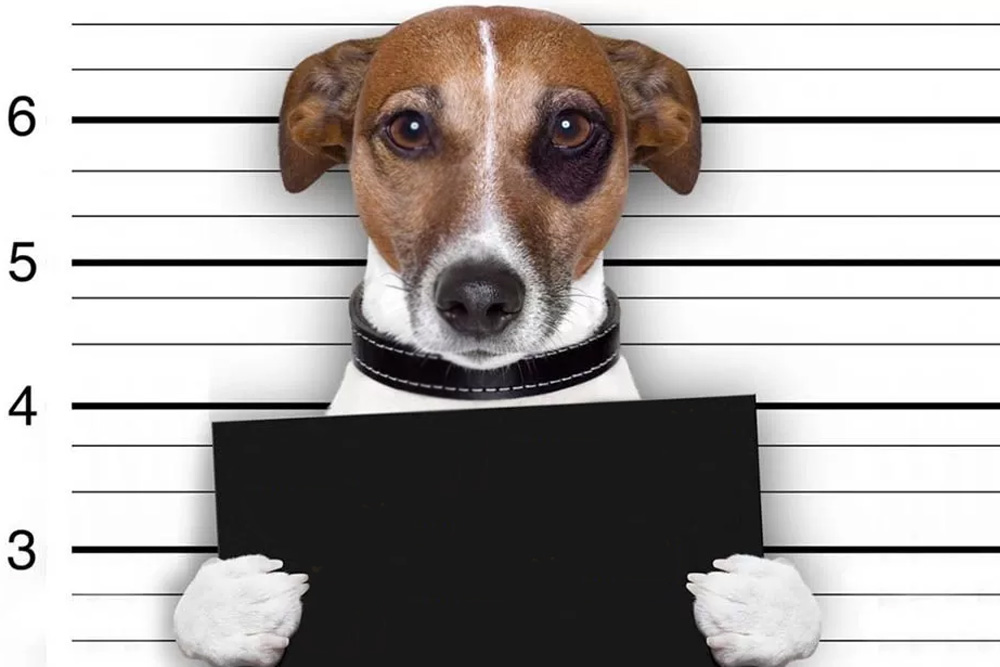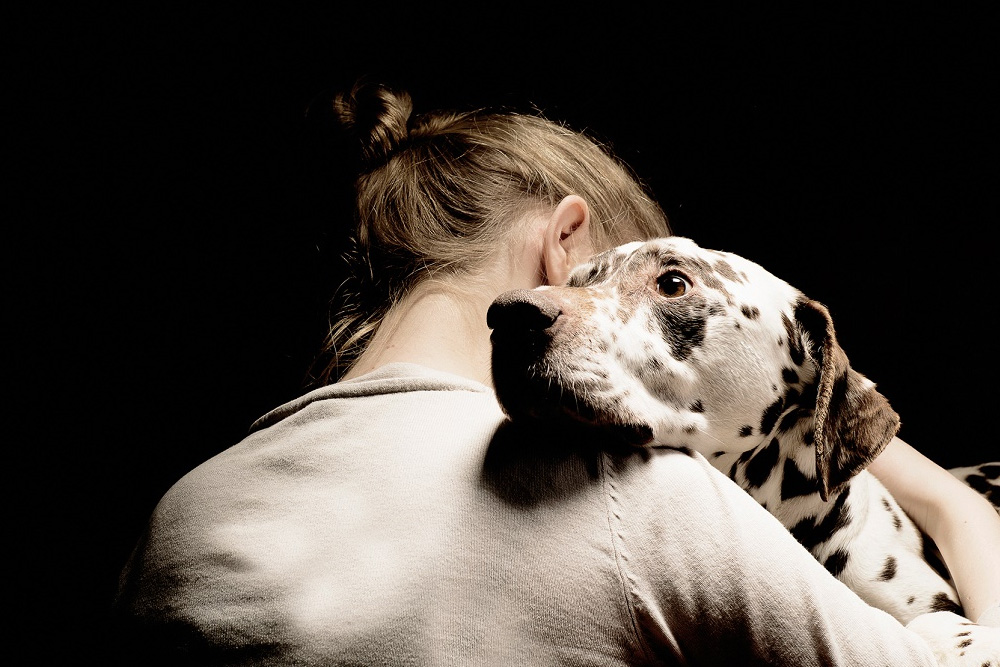How to Choose the Best Diet for Your Pet’s Feeding Behavior

If you are a dog owner, you probably want to provide your furry friend with the best food possible. After all, dogs are more than just pets, they are part of our family. But with so many options available in the market, how do you know what is the best diet for your dog? How do you choose a food that meets their nutritional needs, suits their age and lifestyle, and matches their health conditions? How do you avoid foods that may contain low-quality ingredients, artificial additives, or allergens that can harm your dog?
In this article, we will guide you through the process of choosing the best diet for your pet. We will explain the importance of feeding your dog a balanced diet that provides all the essential nutrients they need. We will also discuss the different types of dog food available, such as dry kibble, wet food, raw food, and home-cooked food. We will help you understand the pros and cons of each type, and how to read and compare the labels and ingredients. We will also give you some tips on how to feed your dog according to their stage of life, from puppyhood to seniority. Finally, we will address some common questions and concerns that dog owners may have about their dog’s feeding behavior.
Related articles
1- Top Playtime Activities to Stimulate Your Pets Behavior
2- 5 Tips Importance of Balanced Nutrition for Pets
3- Natural foods that can be included in your pet’s
4- The benefits of a natural diet for dogs and cats
Why is a balanced diet important for dogs?
A balanced diet is crucial for your dog’s health and well-being. A balanced diet means that your dog gets all the nutrients they need in the right amounts and proportions. These nutrients include protein, carbohydrate, fats, minerals, vitamins, and fiber. Each nutrient has a specific role and function in your dog’s body. For example:
- Protein is the building block of your dog’s muscles, organs, skin, hair, nails, and immune system. It also provides energy and helps regulate many metabolic processes.
- Carbohydrate is the main source of energy for your dog’s brain and muscles. It also helps maintain blood sugar levels and supports digestive health.
- Fats provide energy and essential fatty acids that support your dog’s skin, coat, joints, nerves, and hormones. They also help absorb fat-soluble vitamins such as A, D, E, and K.
- Minerals are involved in many biochemical reactions and functions in your dog’s body. They help maintain bone health, muscle contraction, nerve transmission, blood clotting, fluid balance, and enzyme activity.
- Vitamins are organic compounds that act as co-factors or antioxidants in many metabolic processes. They help support your dog’s vision, growth, reproduction, immunity, and overall health.
- Fiber is a type of carbohydrate that is not digested by your dog’s body. It helps regulate bowel movements, prevent constipation or diarrhea, lower cholesterol levels, and control blood sugar levels.
A balanced diet helps your dog maintain their ideal body weight and condition. This means that your dog is not too thin or too fat, but has a healthy amount of muscle mass and body fat. A balanced diet also supports your dog’s immune system and prevents diseases such as obesity, diabetes, allergies, dental problems, kidney disease, heart disease, cancer, and more.
How to choose a balanced diet for your dog?
The easiest and most cost-effective way to provide your dog with a balanced diet is to use commercial dog food that has been scientifically formulated by a nutritionist employed by a pet food manufacturer. Commercial dog food comes in different forms such as dry kibble (also known as biscuits or pellets), wet food (also known as canned or pouch food), raw food (also known as BARF or biologically appropriate raw food), or home-cooked food.
Dry kibble is the most popular and convenient type of dog food. It has a long shelf life and can be stored at room temperature. It is also easy to measure and feed to your dog. Dry kibble contains about 10% moisture and 90% dry matter (the rest of the ingredients). The dry matter consists of protein (usually from animal sources such as chicken,
lamb or fish), carbohydrate (usually from grains such as rice, corn or wheat), fats (usually from animal or vegetable sources), minerals, vitamins and other supplements.
Wet food is another common type of dog food. It has a shorter shelf life than dry kibble and needs to be refrigerated after opening. It is also more expensive than dry kibble per serving. Wet food contains about 75% moisture and 25% dry matter. The dry matter consists of similar ingredients as dry kibble, but with higher protein and fat content and lower carbohydrate content.
Raw food is a type of dog food that mimics the natural diet of wild dogs. It consists of raw meat, bones, organs, fruits, and vegetables. Raw food can be homemade or purchased from specialized pet stores or online retailers. Raw food has a very short shelf life and needs to be frozen or refrigerated at all times. Raw food contains about 70% moisture and 30% dry matter. The dry matter consists of mostly protein and fat, with minimal carbohydrate.
Home-cooked food is a type of dog food that is prepared by the owner using fresh ingredients. Home-cooked food can be customized to suit the dog’s preferences and needs, but it requires a lot of time, effort, and knowledge to ensure it is balanced and safe. Home-cooked food has a variable shelf life depending on the ingredients and cooking methods. Home-cooked food contains variable amounts of moisture and dry matter depending on the recipe.
Each type of dog food has its pros and cons, and there is no definitive answer to which one is better. Some dogs may do well on one type of food, while others may have problems with it. Some owners may prefer one type of food for convenience or cost reasons, while others may have ethical or environmental concerns about it. The best way to choose a type of dog food is to consult your veterinarian, do some research, and try different options until you find the one that works best for your dog.
How to feed your dog according to their stage of life?
Another important factor to consider when choosing a diet for your dog is their stage of life. Dogs have different nutritional needs depending on their age, size, activity level, and reproductive status. For example:
- Puppies need more energy and protein than adult dogs to support their growth and development. They also need more calcium and phosphorus for their bone health. Puppies should be fed a diet that is specially formulated for puppies or for all life stages until they reach maturity (usually around 12 months for small breeds and 18-24 months for large breeds).
- Adult dogs need a balanced diet that provides enough energy and nutrients for their maintenance and activity level. They also need a diet that helps prevent obesity and other health problems that may arise with age. Adult dogs should be fed a diet that is specially formulated for adult dogs or for all life stages.
- Senior dogs need less energy than adult dogs to avoid weight gain and obesity-related diseases. They also need more fiber to prevent constipation and more antioxidants to combat oxidative stress. Senior dogs may also have specific health issues that require special diets, such as kidney disease, diabetes, arthritis, or cognitive dysfunction. Senior dogs should be fed a diet that is specially formulated for senior dogs or for all life stages with reduced calories.
- Pregnant or lactating dogs need more energy and protein than adult dogs to support their pregnancy and milk production. They also need more calcium and phosphorus for their bone health and their puppies’ development. Pregnant or lactating dogs should be fed a diet that is specially formulated for puppies or for all life stages.
When feeding your dog according to their stage of life, it is important to follow the feeding instructions on the label of the dog food you choose. The label will tell you how much food to give your dog per day based on their weight and activity level. You can adjust the amount slightly depending on your dog’s body condition score (a scale that measures how thin or fat your dog is). You should also monitor your dog’s weight regularly and consult your veterinarian if you notice any changes.
on their size, activity level, diet, and health status. A general rule of thumb is that your dog should drink about 50-100 ml of water per kg of body weight per day1. You can check your dog’s hydration status by gently pinching the skin on the back of their neck or between their shoulder blades. If the skin snaps back quickly, your dog is well hydrated. If the skin stays up or goes back slowly, your dog is dehydrated and needs more water.
- How can I prevent my dog from drinking too much water? While it is rare for dogs to drink too much water, it can happen in some cases. For example, some dogs may have a condition called psychogenic polydipsia, which means they have an excessive thirst that is not related to a physical cause. Some dogs may also drink too much water after exercise or play, or if they are exposed to salt or other substances that make them thirsty. Drinking too much water can be dangerous for dogs, as it can cause a condition called water intoxication or hyponatremia. This is when the sodium levels in the blood become too low due to dilution by excess water. This can lead to symptoms such as vomiting, lethargy, confusion, seizures, coma, and even death. To prevent your dog from drinking too much water, you should monitor their water intake and limit their access to water if they are drinking excessively. You should also consult your veterinarian to rule out any medical causes of increased thirst, such as diabetes, kidney disease, or Cushing’s disease.
- How can I make my dog drink more water? If your dog is not drinking enough water, you should try to encourage them to drink more. Some ways to do this are:
- Provide fresh, clean water at all times and change it frequently.
- Use a ceramic or stainless steel bowl instead of a plastic one, as plastic can harbor bacteria and affect the taste of water.
- Place multiple water bowls around the house and outside for easy access.
- Add some flavor to the water by adding a splash of chicken broth or tuna juice (make sure they are low-sodium and free of onion or garlic).
- Add some ice cubes to the water to make it more appealing and refreshing.
- Feed your dog wet food or add some water to their dry food to increase their moisture intake.
- Offer your dog some fruits or vegetables that are high in water content, such as watermelon, cucumber, or celery (make sure they are safe for dogs and cut into small pieces).
- Reward your dog with praise or treats when they drink water.
Conclusion
Choosing the best diet for your pet is not an easy task, but it is worth it for their health and happiness. By following these tips and doing some research, you can find a dog food that suits your dog’s needs and preferences. Remember that every dog is different, and you may need to try different foods until you find the one that works best for your pet. Always consult your veterinarian before changing your dog’s diet or if you have any questions or concerns about their feeding behavior.
Sobre o Autor




0 Comentários